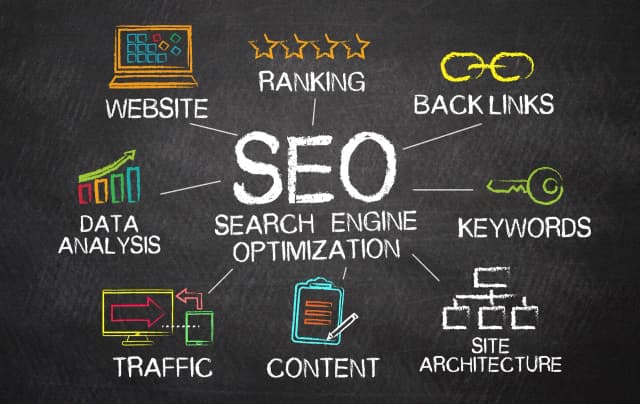In today’s digital landscape, educational institutions and online learning platforms must implement effective SEO strategies to stand out and attract prospective students. This guide explores the best educational SEO strategies that can enhance your visibility, drive traffic, and ultimately lead to higher enrollment rates. From conducting thorough keyword research to optimizing content for user intent, these tactics are essential for success in the competitive education sector.
Understanding Educational SEO
SEO, or Search Engine Optimization, involves optimizing your website to rank higher on search engine results pages (SERPs). For educational institutions, this means not just reaching potential students but also providing valuable content that meets their needs. Understanding your audience's search behavior is crucial for developing effective strategies.
1. Conduct Comprehensive Keyword Research
Identifying the right keywords is the foundation of a successful SEO strategy. Here’s how you can do it:
- Focus on Long-Tail Keywords: Use long-tail keywords that reflect specific queries related to courses or academic programs.
- Utilize SEO Tools: Tools like Google Keyword Planner or SEMrush can help uncover popular search terms used by prospective students.
- Consider Local Keywords: If you are a local institution, include geo-specific keywords to attract nearby students.
2. Optimize Your Website’s On-Page Elements
On-page SEO is essential for improving search visibility. Key elements to optimize include:
- Title Tags and Meta Descriptions: Craft compelling title tags and meta descriptions that incorporate your primary keywords.
- Header Tags: Use H1, H2, and H3 tags effectively to structure your content and make it more readable.
- Internal Linking: Create internal links to connect related content, making it easier for visitors to navigate your site.
3. Create High-Quality, Relevant Content
In the educational sector, content is king. Here are some tips for creating content that resonates with your audience:
- Educational Blog Posts: Write informative blog posts about academic trends, study tips, and career advice.
- Course Descriptions: Ensure that your course pages are detailed, with clear descriptions, outcomes, and requirements.
- Videos and Tutorials: Incorporate multimedia elements like videos, which can engage users and enhance learning.
4. Enhance User Experience and Site Performance
A positive user experience can significantly impact your SEO rankings. Focus on:
- Mobile Optimization: Ensure your website is responsive and provides a seamless experience across all devices.
- Fast Load Times: Optimize images and scripts to improve loading speed, keeping bounce rates low.
- Easy Navigation: Design a user-friendly interface that makes information easily accessible.
5. Build Backlinks from Reputable Sources
Backlinks are crucial for establishing authority in your niche. Strategies to consider include:
- Guest Blogging: Collaborate with educational blogs and websites to create guest posts that link back to your site.
- Partnerships and Collaborations: Form partnerships with other institutions or organizations to create co-branded content with backlinks.
- Promoting Your Research: Share research papers or studies which can lead to citations and backlinks from academic sources.
Conclusion
Implementing these best educational SEO strategies can greatly enhance your online visibility and attract potential students. By focusing on keyword research, optimizing on-page elements, creating quality content, improving user experience, and building backlinks, educational institutions can increase their search rankings and ultimately drive more enrollments. If you need help optimizing your educational website, Prebo Digital is here to assist you in navigating the complexities of SEO.















